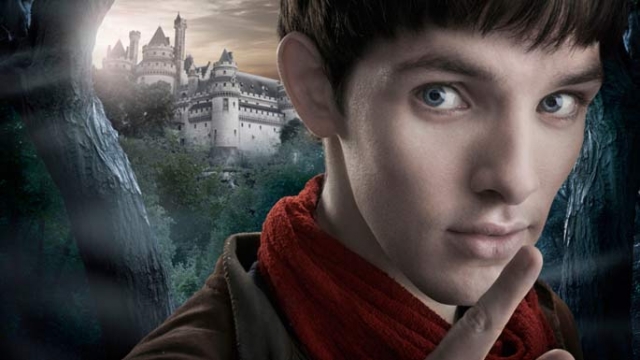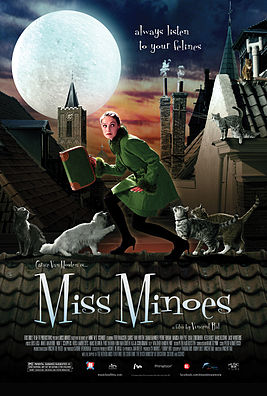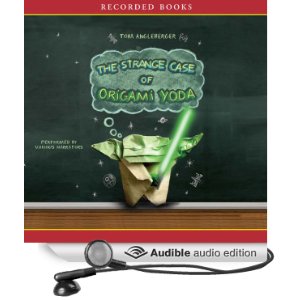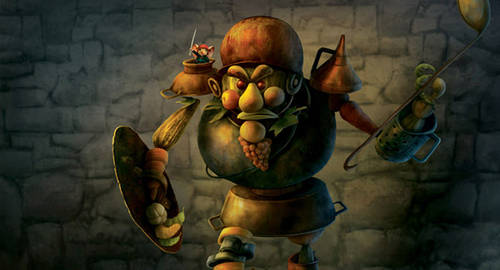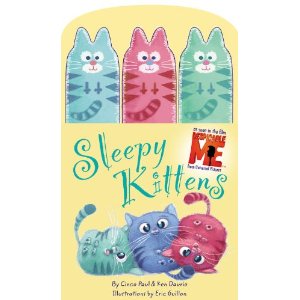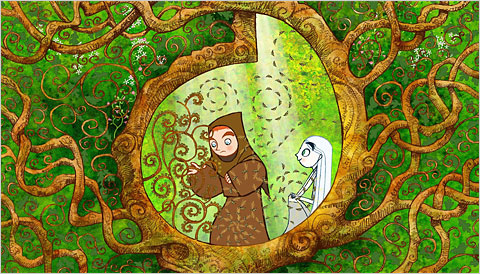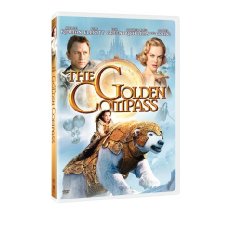I was intrigued by reports that baby Prince George's new nanny had trained at the prestigious Norland College. A college for nannies? Why, yes: Norland College in Bath offers a BA (Hons) in Early Years Development and Learning along with the "Norland Diploma," a hallmark of quality (from the website). In addition to childcare and nanny training, Norland nannies are now taught martial arts and advanced driving skills (to help them avoid kidnappers, paparazzi, and skidding on the ice). Those are Norland nannies in uniform; they wear it during training (although graduates are no longer required to wear the uniform at work, unless the family wants them to). The uniform itself was recently redesigned: it's a bit more 1950s chic now. Speaking of the 1950s, it seems as if there should be a series of girls' school stories set at Norland (or somewhere like it). I would read it!
In the meantime, I'm making a list of nanny-related reading. It should probably start with the classics: Mary Poppins by P.L. Travers and Nurse Matilda (better known in the US as Nanny McPhee) by Christianna Brand. To which I might add The Adventures of Nanny Piggins by Australian author R.A. Spratt (American edition illustrated by Dan Santat; Little, Brown 2010). Look out for Nanny X by Madelyn Rosenberg, too! (Holiday House, August 2014)
Would you like to recommend a nanny? I'll add her (or him) to my list!


